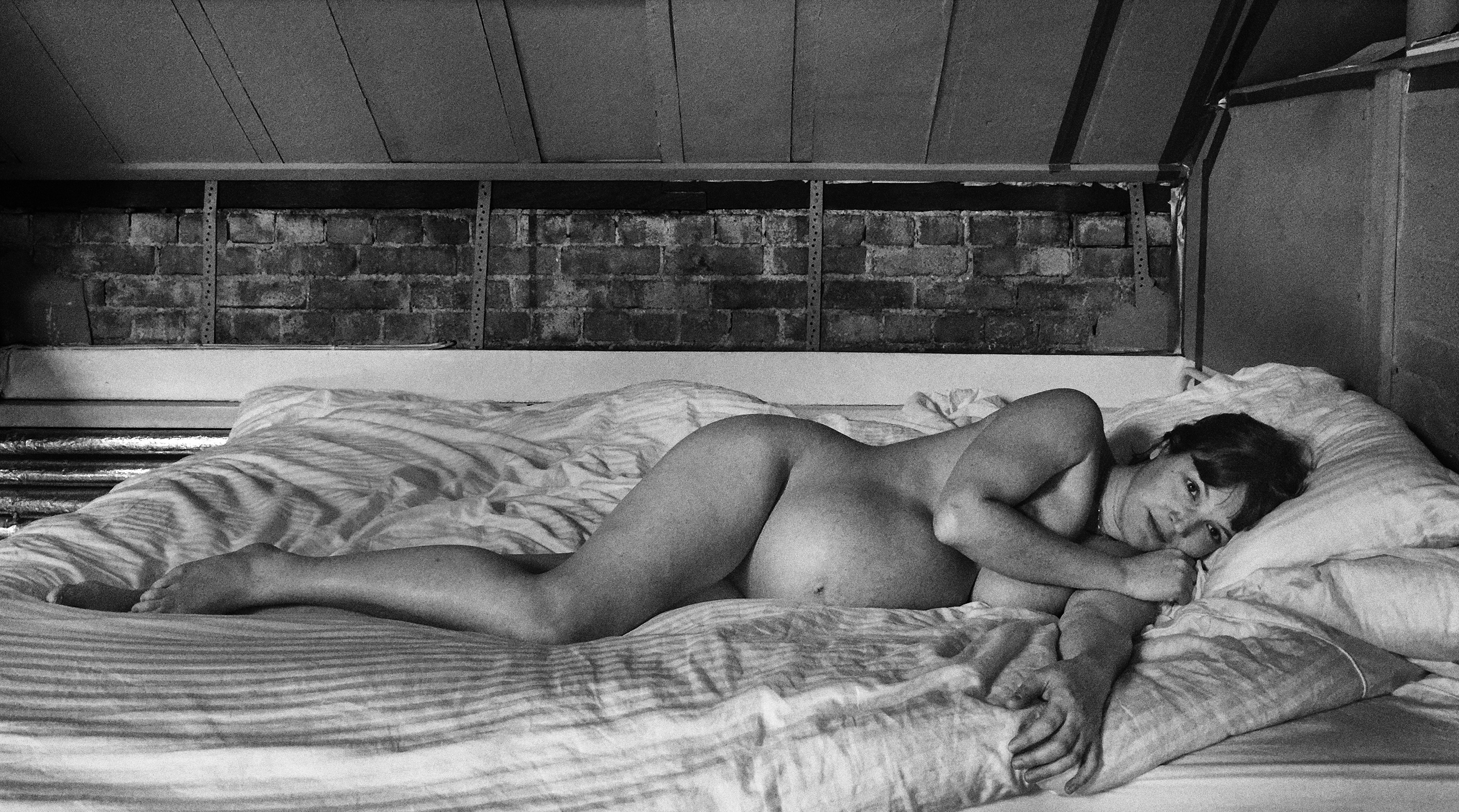Curated by Dr. Emily Mark-FitzGerald, this exhibition features six artists born or working in Ireland and explores the resonance of the Proclamation of the Irish Republic, a century after it was written.
The participating artists are Aideen Barry, Mark Clare, Amanda Coogan, Anthony Haughey, Dragana Jurisic and Sarah Pierce.
The 1916 Proclamation occupies an imposing and iconic place in the national imagination – both as material document of history, and as a visionary (and militant) declaration of Irish sovereignty.
Nevertheless, the Proclamation’s expansive rhetoric and subsequent histories of reception and revolution can obscure its humble materiality and ellipses of existence. It remains unauthored – signed collectively, but with no single individual named as creator. It is a cheaply printed physical document with numerous errors and makeshift typographic solutions, but now commands stratospheric prices at auction. It is a document revolving around calls to power, to sovereignty, and invested with an imagined national destiny –yet it is also a relic of failure, and a manifesto signed by teachers, writers, poets, and a musician that anticipated an immediate consequence of creation wrought through destruction.
How is it possible to engage with the Proclamation’s conflicted embodiments of individuality/collectivity; materiality/symbolic value; failure/vision? How might its status as revered national object be translated and scaled into something that is instead intimate, personal, and tangible?
Lismore Castle Arts proposes an alternative means of making 1916 directly manifest, by creating a ‘capsule’ museum/exhibition responding to the final line of the 1916 Proclamation:
In this supreme hour the Irish nation must by its valour and discipline and by the readiness of its children to sacrifice themselves for the common good, prove itself worth of the august destiny to which it is called.
The Museum of August Destiny commissioned six contemporary artists to respond to one of six ‘visions’ of Irish destiny set out in the Proclamation: (1) sovereignty and ‘unfettered control of Irish destinies’; (2) religious and civil liberty; (3) equal rights and opportunities for citizens; (4) the pursuit of happiness and prosperity of the whole nation and all of its parts; (5) cherishing the children of the nation; and (6) oblivion of the differences ‘which have divided a minority from the majority in the past’.
The Museum of August Destiny is modelled on the idiosyncratic genre of the ‘personal’ museum: that species of heritage practice commonly associated with the eccentric and visionary collector of objects. Such ‘personal’ museums form the original historical source of modern exhibitionary practices, and now constitute a mode of engagement often deployed by artists interested in disrupting (or engaging with) the logic and form of the museum.
Constrained to identically-sized cases that reference the genre of the personal museum, they will offer individual meditations (utilising sounds/objects/images) on the realisation or retreat from our ‘august destiny’. The seventh case will left open for rotating fulfilment by the public, realised through a programme of public invitation and engagement in Lismore and its surroundings.

